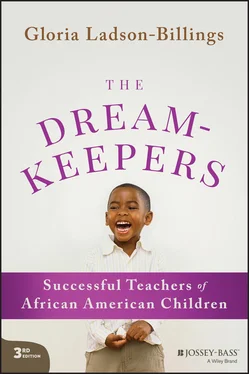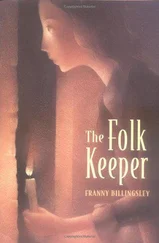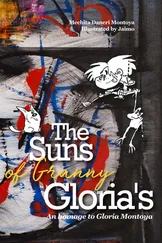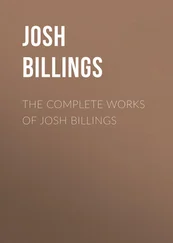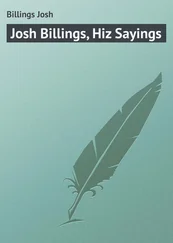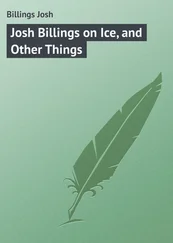A week or so later, I traveled to Spain for an academic award and during my time there my phone started blowing up with text messages—“Hey, you’re on CNN,” “Your hip-hop class is all over CNN,” and “Yo, we’re watching you on TV!” Somewhere buried among all the texts and emails I was receiving was a message from CNN wondering if I would be willing to sit for an interview. When I returned to Madison, I made my way to the campus Public Broadcast affiliate studio and sat for an interview with one of their midday shows. I could not help but acknowledge that despite all of the work I had done to this point, it was my engagement with youth culture that caught the attention of a wider public. It was a true awakening for me to continue to explore the way that youth culture can have a powerful influence on teaching and learning.
That semester we had speakers that included songwriter Jack Knight, VP of programming for New York’s Hot 97, Ebro Darden, United States State Department Musical Ambassador for Hip-Hop, Toni Blackmon, Executive Director of Urban Word NYC, Michael Cirelli, feminist scholar Brittney Cooper from Rutgers University, Hollywood and Broadway actor Coleman Domingo, and science educator and co-creator of #HipHopEd Christopher Emdin of Teachers College, Columbia University. That lineup drew a wide audience of campus and community, young and old. The merging of the classroom and the community was a powerful example of culturally relevant pedagogy.
The final public event was a performance by members of the class. Originally, I had planned for the First Wave students to do an artistic performance that incorporated ideas from the class and the non–First Wave students would create a curriculum innovation—a unit of study, a course syllabus, or a series of lessons and activities. As the semester moved along, I decided that everyone in the class would do the public performance. I allowed the students to form their own groups with the one prohibition being no group could be comprised of only First Wave students or non–First Wave students. On the night of the performance there was a nervous energy backstage and the audience we had cultivated over the semester showed up to see the student performances.
At the end of the evening our students received standing ovations. It was impossible to determine which students were the seasoned performers versus the novices. The students did a marvelous job of integrating the ideas from the course academic readings. Their sketches touched on racism, inequality, oppression, achievement, assessment, and diversity. Their work was so professional that one of the students expanded on his spoken word piece created for the performance and entered it in a national competition aimed at preventing school dropout. He ultimately won that competition, went on to Graduate School, earned a MFA, and is now a working actor in Los Angeles.
To extend the influence of this work the Office of Multicultural Arts Initiative organized a weeklong summer institute for teachers titled, “Hip-Hop in the Heartland.” In this weeklong experience teams of educators from all over the country came to learn about how to better incorporate youth culture into their practice. We brough top named scholars, poets, and upper classmen/women from our First Wave Hip-Hop Arts Scholars’ program. The teachers learned about the art form, wrote lessons, designed curricula, and by the end of the institute appeared on stage as a part of a public performance. Michael Cirelli, Executive Director of Urban Word NYC, and I were the faculty of record, but generally we had a poet-in-residence to help organize the sessions. The teachers generally left the institute excited about the ways they could transform their classroom. Unfortunately, a number of them ran into obstacles trying to make changes in their schools. Some individual teachers, particularly secondary English teachers, were more successful in incorporating what they learned in their classrooms but were unable to get their administrators to see the value of what they were doing for the entire department or school.
The failure of administrators to recognize how youth culture, i.e., hip-hop, could enhance student achievement and engagement prompted OMAI to create a one-day workshop each spring for superintendents and principals. We presented scholarly information on incorporating youth culture, student engagement, and academic success. Our big message to administrators was don’t get in the way of teachers who were trying to be innovative in order to reach all students. The combination of scholars and student performances helped us reach some of those administrators and convinced another few to support teams of teachers from their schools to attend the summer institute.
The effort we are doing at the University of Wisconsin–Madison is perhaps one of the more robust attempts at infusing youth culture into the classroom from intermediate elementary grades to high school to college. There are other efforts throughout the nation to incorporate youth culture into educational experiences. Rawls and Robinson 3 working in Brooklyn, NY and Columbus, OH demonstrate how quickly youth culture moves in and out of vogue—Pokémon cards, Fidget Spinners, baggy versus tight clothing are all examples of things that youth culture have adopted as a means of self-expression. Interestingly, these youth culture trends come in and out of style quickly and by the time most adults acknowledge them they seem to disappear. Schools’ response to most youth culture trends is to ban them. Students are told their Fidget Spinners and Pokémon cards will be taken if seen in school. However, youth culture trends also change how we all think about things like art and fashion. It is virtually impossible to find anything other than “skinny jeans” and if you do, rest assured, youth will deem them “mom jeans.” Even President Obama, whom most youth regard as the “coolest” (or perhaps I should say, “dopest”) president they have known, committed the faux pas of showing up to throw out the first pitch at an opening baseball game wearing “mom jeans.”
One of the places that youth culture lives and thrives is in the spoken-word community. Urban Word NYC and Sacramento Area Youth Speaks (SAYS) are two examples of the robust poetry spoken-word communities that exist in cities such as Los Angeles, Atlanta, Philadelphia, and Chicago. Competitions such as “Louder than a Bomb” in Chicago and “Brave New Voices” that rotates throughout the country are examples of the public exhibitions in which students participate. Most of these events are external to schools and formal education. Yet, their network identify city, statewide, and regional youth poets who go on to compete in the National Youth Poet Laureate competition—the same competition that 2021 Presidential Inauguration poet Amanda Gorman won in 2017. There are youth spoken-word and poetry workshops in almost every state from Alabama to Wisconsin. These programs provide youth with constructive and creative opportunities to express themselves while they hone their literacy skills and amplify their poetry with knowledge from various disciplines.
For teachers to ignore this work is to effectively tell students their lives and their thoughts do not matter. Lee 4 explains that most of the things that English teachers want students to do with text—identify plot, setting, theme, and character analysis—they already know how to do in genre-specific ways. So, while students struggle with making sense of The Crucible or The Scarlet Letter , they are able to go through a music video or hip-hop lyrics and explain all of the literary elements. They can draw inferences, understand double entendre, metaphors, similes and alliteration in songs by Drake, Cardi B or Lizzo.
Technology and youth culture are two aspects of the r(e)volution of culturally relevant pedagogy. In order to remain relevant and viable the theory must pay attention to changing contexts and a changing culture. Culturally relevant teachers are regularly assessing their work as they search for ways to ensure that all of their students are learning, developing cultural competence, and growing in their critical consciousness. As you read through the work of the outstanding eight teachers I researched in the early 1990s think about how their work might change if they were still working in classrooms with New Century students. What elements of technology and youth culture might they include in their pedagogy? How might they remix their teaching to ensure they are serving all students well? What might they do to remain the Dreamkeepers we knew them to be a generation ago?
Читать дальше
